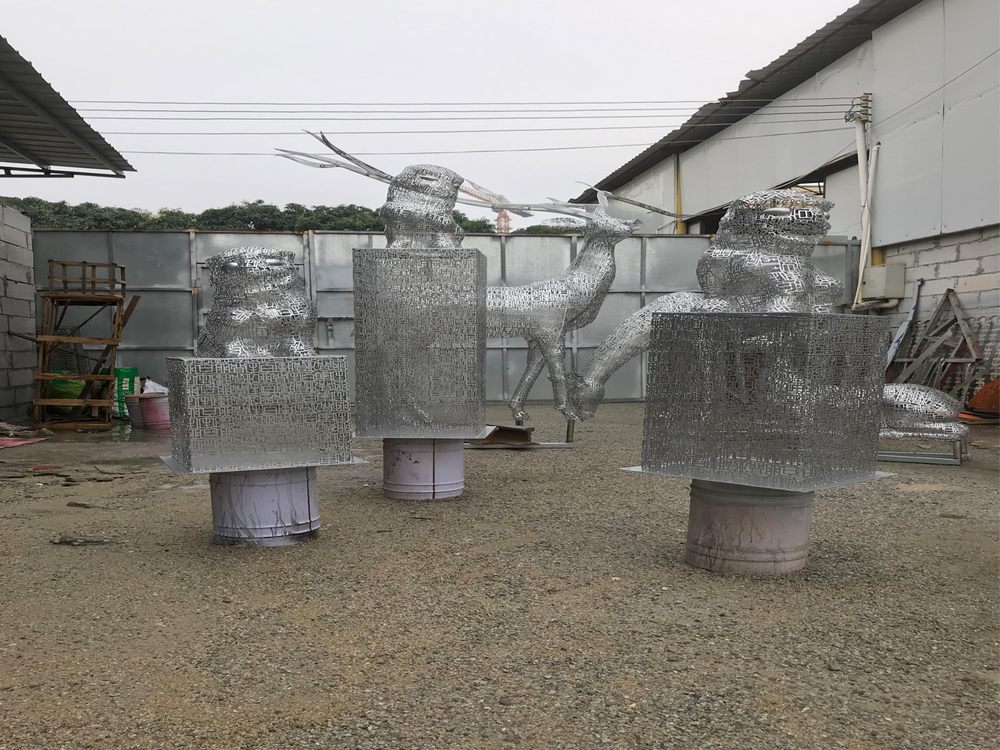
The transformation of rigid stone into seemingly fluid forms has fascinated humanity since antiquity. Artists employ multiple sophisticated techniques to achieve this illusion of movement in monolithic sculptures.
1. Implied Motion Through Form
Master sculptors manipulate negative space and asymmetrical balance to suggest motion. The famous "Winged Victory of Samothrace" demonstrates how wind-swept drapery and forward-leaning posture create aerodynamic tension, making 2,200-year-old marble appear to flutter.
2. Strategic Line Work
Precise chisel marks become visual pathways. Michelangelo's "Awakening Slave" series shows how unfinished grooves guide the eye along imagined motion trajectories, while Bernini perfected "composite viewpoints" - carving figures to appear differently dynamic from multiple angles.
3. Material Paradox Techniques
Contemporary artists like Ursula von Rydingsvard exploit stone's inherent contradictions. By carving cedar-like grain patterns into granite or creating "frozen splash" effects in basalt, they trick the brain into perceiving organic movement.
4. Kinetic Illusions
Optical devices include:
- Spiral compositions (as in Baroque columns)
- Sequential unfolding forms (seen in Hindu temple reliefs)
- "Unfinished" edges that imply emerging motion
Modern technologies like 3D scanning allow precise calculation of shadow patterns that enhance perceived motion when combined with traditional hand-carving methods. This fusion of ancient wisdom and digital precision continues pushing the boundaries of static medium animation.
The true mastery lies not in forcing movement upon stone, but revealing the latent energy within - making viewers feel the sculpture might change position when they blink. This alchemy of perception and material defines humanity's enduring stone dance.

